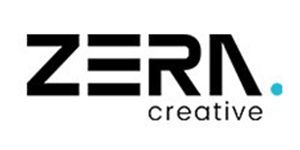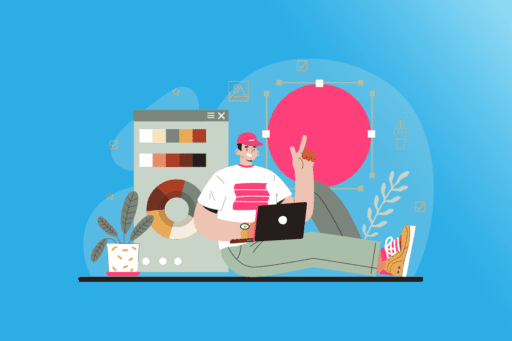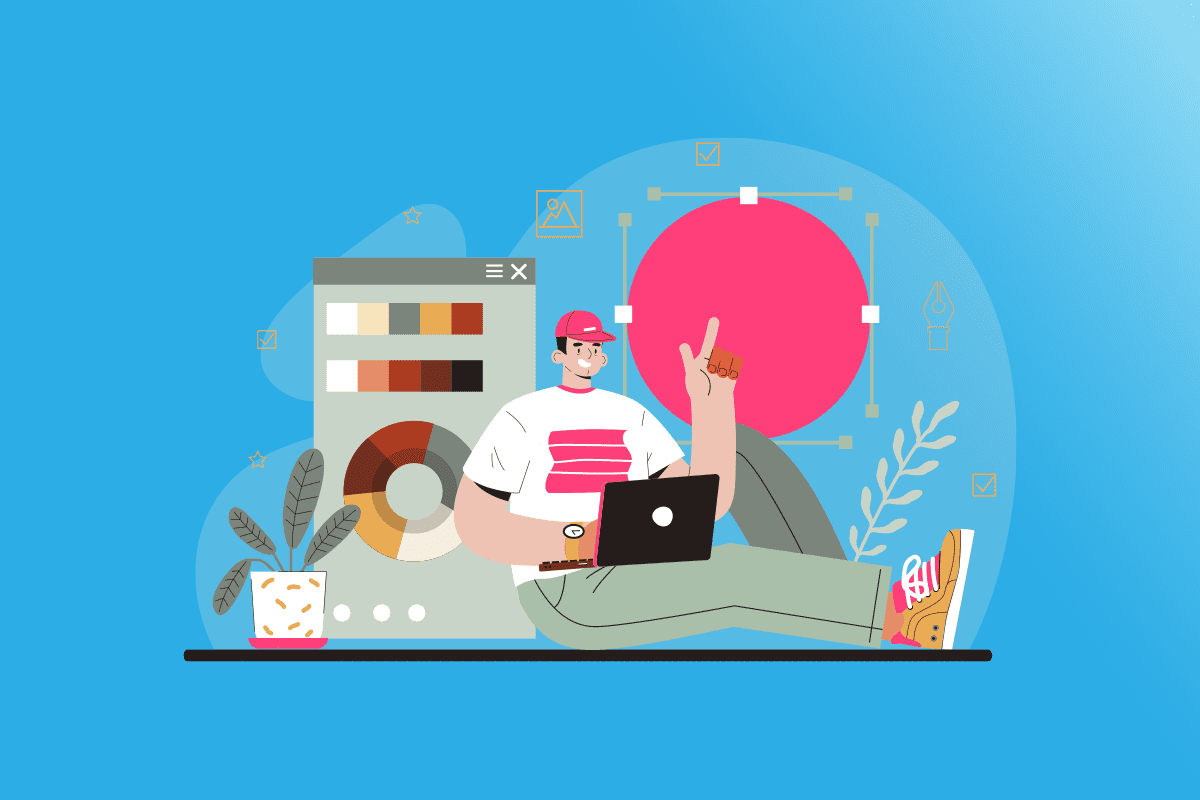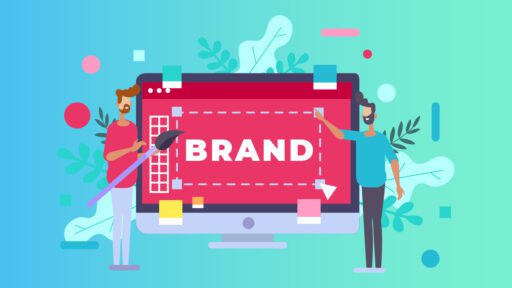Effective communication is the cornerstone of any successful design project, and when you’re working with a design agency, conveying your design expectations clearly becomes paramount. The ability to articulate your vision, needs, and goals can make the difference between a design that meets your requirements and one that falls short.
This article presents ten invaluable tips to help you master the art of explaining your design expectations with precision, ensuring a smoother collaboration with your design agency.
1. Design Brief Clarity
In the world of design, clarity within your design brief is like having a well-drawn map on a creative journey. Think of it as the North Star that guides your design agency. A clear and concise design brief is your opportunity to express your vision, goals, and expectations. It should serve as a beacon, illuminating the path your design project should take.
By meticulously detailing your project’s objectives, target audience, and specific requirements, you provide your design agency with the essential coordinates they need to navigate the creative process. With this clarity, the agency can then craft designs that are not just aesthetically pleasing but also strategically aligned with your brand.
2. Visual Inspiration
The power of visual references in design communication is akin to a universal language that transcends words. When you present examples of designs that resonate with you, you’re providing your design agency with a visual vocabulary to work from.
These references act as creative touchstones, enabling your agency to understand your aesthetic preferences and style. Think of it as sharing your favourite ingredients with a chef before they create a culinary masterpiece.
3. Brand Identity Clarity
Your brand identity is the unique fingerprint of your business, and expressing it clearly to your design agency is akin to providing them with a detailed map of your company’s DNA. This involves not only sharing your logo but also explaining your brand’s personality, values, and unique selling points.
This deeper understanding of your brand serves as a foundation for the agency to craft designs that authentically represent who you are. It’s like telling a storyteller the essence of your narrative before they embark on a creative journey. By conveying your brand identity clearly, you enable your design agency to create designs that are not just visually appealing but also emotionally resonant, strengthening the connection between your brand and your audience.
4. Goal Setting Precision
A successful web design project’s goals are like the destination on a creative road trip, and setting them with precision is vital for a successful journey. Clearly defining the objectives you want to achieve, whether it’s boosting brand recognition, increasing engagement, or improving conversion rates, provides your design agency with a roadmap for success.
It’s similar to outlining the landmarks you wish to visit on your journey, allowing the agency to tailor their designs to achieve these specific goals. With clear goals, you empower your agency to focus its creative efforts and measure its success based on the targets you’ve set.
5. Audience Understanding
Your target audience is the heart of your design’s intended message, and sharing insights about them is akin to giving your design agency a treasure map to connect with your customers. By describing your ideal customers, their demographics, and their preferences, you’re allowing your design agency to create designs that resonate with the people you want to reach.
Think of it as sharing stories about the very people your message is meant for, ensuring that the design speaks their language and appeals to their sensibilities. With an intimate understanding of your audience, your design agency can craft visuals that not only capture attention but also establish a genuine connection with your customers, driving engagement and loyalty.
6. Collaborative Creativity
Collaboration is the fuel that drives the engine of innovative design, and the best results often emerge from a harmonious blend of your vision and your design agency’s creative expertise. While it’s crucial to communicate your expectations clearly, it’s equally important to be open to your agency’s creative input.
This open exchange of ideas often leads to fresh, unexpected, and highly effective design solutions. It’s akin to a jam session between talented musicians, where each player brings their unique skills to create a masterpiece.
7. Effective Feedback Loop
Establishing a structured feedback loop is the compass that keeps your design project on the right course. Define how you prefer to receive feedback and set expectations for the revision process. This clarity ensures that both you and your design agency are on the same page.
Think of it as a well-organized feedback mechanism where your suggestions are heard, and necessary adjustments are made promptly. With a well-defined feedback process, your design project can evolve smoothly and efficiently, reducing misunderstandings and potential delays.
8. Timely Milestones and Check-Ins
In the dynamic world of design, setting realistic milestones and scheduling regular check-ins is like marking rest stops on a creative journey. This approach allows you to review progress, discuss concerns, and make necessary adjustments at various stages of the project.
It’s similar to taking a breather during an expedition to ensure you’re heading in the right direction. Timely milestones and check-ins provide a structured way to stay connected with your design agency throughout the project, keeping everyone aligned and preventing unexpected deviations.
9. Transparent Budget and Scope
Clearly defining your budget and project scope upfront is like setting the boundaries of your creative territory. This helps your design agency work within these parameters and avoid any surprises related to unexpected costs or scope changes.
By openly discussing budget and scope, you establish a mutual understanding of the project’s limitations and possibilities, allowing both you and your design agency to work efficiently and effectively. It’s like mapping out the financial and geographical constraints of a journey, ensuring a smooth and cost-effective creative process.
10. Harnessing Creative Input
Balancing trust in your design agency’s expertise with clear direction is the cornerstone of a successful partnership. While it’s vital to express your expectations and objectives clearly, it’s equally important to remain open to your design agency’s creative input.
By allowing them room for creativity, you open the door to fresh and effective hosting solutions that can make your design genuinely exceptional. It’s the fusion of your strategic input and creative expertise that often leads to the most impactful and memorable designs.
Conclusion
In the complex world of design collaboration, the ability to express your expectations clearly is the key to unlocking exceptional creative outcomes. These 10 tips provide a comprehensive guide to navigating the path of communication with your design agency.
As you launch your creative endeavors, remember that clear communication is the linchpin that connects your vision with your design agency’s expertise.
FAQs
1: How important is clear communication in a design project?
A: Clear communication is absolutely crucial in a design project. It forms the foundation of a productive partnership between you and your design agency. Without clarity, misunderstandings can arise, leading to revisions, delays, and potential dissatisfaction with the outcome.
2: How can I best prepare for a design project meeting with my agency?
A: Before a meeting with your design agency, it’s essential to gather and organize your thoughts. Create a design brief that outlines your project’s objectives, target audience, preferences, and any specific requirements.
3: Should I trust my design agency’s expertise, or should I be specific about what I want?
A: Balancing trust in your design agency’s expertise with clear direction is key. While your agency brings design proficiency to the table, you should still provide specific information about your brand, goals, and preferences.
4: How can I ensure ongoing communication throughout the project?
A: Maintaining ongoing communication is vital for a successful design project. Establish a clear communication channel with your design agency, whether through emails, project management tools, or regular meetings.







